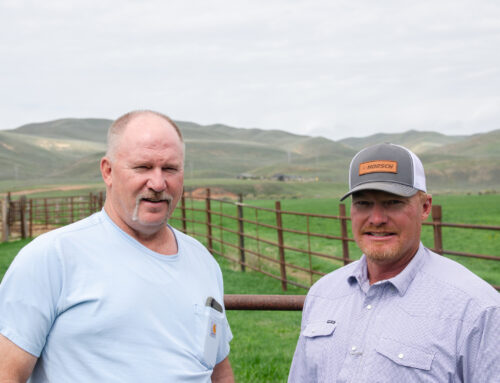Union Pacific, EPA to assess long-term health threats after completing soil testing in Hou
May 6, 2025
Union Pacific Railroad has completed its final round of soil sampling to test for toxic chemicals in Houston’s Fifth Ward neighborhood and says site-specific contamination levels — many of which are above federally designated screening levels — are “below the thresholds that pose an immediate health risk.”
The railroad company, in conjunction with the U.S. Environmental Protection Agency (EPA), will now evaluate potential long-term health threats due to prolonged exposure and determine if cleanup is necessary at any of the impacted sites. Union Pacific said the assessment is expected to be completed sometime this summer.
“We appreciate the residents and property owners who participated in this sampling effort to help us reach this important milestone,” Union Pacific spokesperson and community liaison Toni Harrison said in a Monday statement. “We’ve prioritized transparency and collaboration throughout the process.”
The soil sampling was part of the EPA’s broader investigation into contaminants in the Fifth Ward neighborhood. The investigation was prompted after the emergence of cancer clusters following years of protest by residents demanding action and blaming Union Pacific for the area’s higher-than-average rates of cancer. Union Pacific says the definitive source of the carcinogens has not been confirmed.
Testing occurred around the now-defunct Houston Wood Preserving Works — a wood treatment facility operated by Southern Pacific from 1911 to 1984. The facility is now owned by Union Pacific. According to the EPA, creosote, a likely human carcinogen, was the main preservative used at the facility.
The final round of soil testing included 18 private properties that were sampled between last October and December. The results were to be mailed out to property owners by April 30, according to the EPA.
According to Union Pacific, 176 properties in total were tested throughout the entire testing period. Forty-one locations were found to contain contamination levels above the EPA’s screening levels, “but below the thresholds that pose an immediate health risk,” Union Pacific said.
The EPA’s screening level is calculated by determining potential health risks to young children if they are continually exposed to contaminants during the first six years of life.
The EPA did not immediately respond to a request for comment Tuesday.
Additional information regarding the EPA’s additional testing can be found on its website.
Search
RECENT PRESS RELEASES
Related Post




